ASPIRATIONAL ORIGINS
In his Introduction to The Evolution of Horror in the Twenty-First Century, published in 2023, scholar Simon Bacon almost playfully identifies a handful of contemporary films as exemplary of a narrative style he labels “Aspirational Horror” or “Call to Action Horror.” These films — Bacon specifically points to Jordan Peele’s Oscar-winning Get Out (2017) and Leigh Whannell’s sci-fi thriller The Invisible Man (2020) — are “Aspirational” insofar as they go beyond the traditionally accepted idea that the Horror genre is a platform for the expression of personal and social anxieties. Indeed, Bacon suggests these modern Horror narratives go at least two steps further than merely saying, “This is what you are scared of.”
They do so much more.
Aspirational Horror is special insofar as it offers what we might see as extreme displays or reveals of the structural foundations that support socio-political inequalities of power, Bacon argues. These works seem to believe that narrative excess will bring eyesight to the blind, so to speak, by making it almost impossible for viewers to avoid making connections between the mechanics of systemic inequalities displayed on screen and the machinations of actual social, economic, and political hierarchies that influence our lived realities. Subtlety be damned.
Aspirational Horror films can also easily accompany real-world social mass actions such as the Black Lives Matter (BLM) and the #MeToo movements, Bacon says. These cinematic texts confidently display characters who represent communities that had been overlooked in almost a century of the cinema of the fantastic, making obvious the struggles of women, immigrants, ethnic or racial “minorities,” transgendered bodies, the handicapped, or even the elderly and the impoverished.
Perhaps best of all, Aspirational Horror films go one more step further by offering denouements that suggest everyone in the real world can experience justice through active engagement or resistance. No film viewer will ever have to go to the extremes of actually killing anyone, but it is not far-fetched to expect them to use these Horror narratives to glide more easily into real-world discussions about power and hierarchy. Bacon optimistically points to this new style of Horror cinema as giving everyone opportunities to recognize “the ways that we might ourselves, evolve into the future.”
Of course, works of Aspirational Horror have their critics, especially those who complain of “woke” art endowed with all the subtlety of a mallet used to “drive the message home” like a stake sent through the heart of a vampire. Certainly that’s a topic worthy of more discussion, but not yet. Be patient.
What I would like to do right now is adopt an historical approach by acknowledging how the current acceptability of Horror as an expression of “external” systemic realities is fascinatingly an outgrowth of long-established academic and critical approaches that assumed the genre was all about “internal” personal realities.
The common ground upon which the critical and creative communities stand in agreement about the Horror genre’s ability to function as powerful social commentary was first compacted by the tentative footsteps of scholars and critics who risked their professional reputations by applying the techniques of psychoanalytical criticism to popular genre texts that seemingly defied all notions of good taste and intelligence.
Robin Wood was one of the earliest of those film reviewers who were brave enough to advance onto the unfamiliar ground that would eventually become the modern field of scholarship known as Horror Studies. At the time of his first groundbreaking efforts as a critic the earth beneath his feet was far from solid — being perhaps more like the crumbling clods of dry clay atop a freshly covered grave.
While working as a high school teacher in England, Wood published film reviews and a series of books examining individual film directors. The most relevant of these examinations — for our purposes here, at least — was his 1965 text Hitchcock’s Films, which was the first work of Film Studies to give respectability to the auteur whose name is today synonymous with Horror. His publications earned Wood a position in academia, a community he would later rebel against while moving forward to publish the still-ongoing CineAction magazine.
Wood studied a handful of Hitchcock films through the cigar-smoked lens of Freudian theory, and proposed that the source of their suspense was the return of the repressed — though the “repressed” was a multitude of demons, not just one. Suspense for the viewer was tied to the craving for blindness, the ability to ignore the films’ messaging about the human condition. Wood saw it as a universal truth that “subversive, destructive desires exist in all of us, waiting for a momentary relaxing of our vigilance” so they may rise to the surface and display themselves in our actions and interactions. The dreadfulness at the heart of Hitchcock’s most disturbing Horror films is the portrayal of protagonists who cannot fully contain their most basic, most human drives. They are also lessons in the ability of the human to navigate the complexity and chaos of social dynamics, and come away with a greater sense of self-identity.
In 1986, Wood published Hollywood from Vietnam to Reagan, a text that would become a classic within the field of Film Studies, with “The American Nightmare” being possibly the book’s most commonly cited chapter. When Columbia University Press in 2003 published a revised and expanded edition of the text, Wood added more material on a handful of Horror films and provided a new introduction that he playfully titled “Cards on the Table.” In this he discussed his chagrin at academia’s embrace of him as a Marxist, for indeed his many film reviews had over the decades of his career taken on the noticeable hue of ardent rebelliousness.
Wood preferred to be seen as a warrior for “social radicalism,” rejecting all readings of himself as a critic who saw “class politics” in cinema’s finest works. His interrogations of cinema built upon psychoanalysis and highlighted what he saw as the connections between psychic marginalization and the ways in which it enforced inequalities and injustices across all areas of human social relations, but especially in terms of gender, sexuality, and race.
I bring all this up because it is enlightening to see how the origins of contemporary critical acceptance of the Horror Genre as a site for sociopolitical interrogation — and even resistance — can be traced back some half a century to the psychoanalytical readings published by critics who themselves were often writing for the liminal space between Academic Criticism and the journalistic field of Professional Reviewing.
Like the two snakes coiled around the Caduceus that has now (incorrectly) become a symbol for “medicine,” the branch of Academia known as Horror Studies found strength in the twining of two schools of critical theory: psychoanalysis and what might be labeled as identity theory.
Psychoanalytical approaches develop from the ideas of the theoretical masters of psychoanalysis such as Sigmund Freud, Carl Jung, and Jacques Lacan. Psychoanalytical interpretations of “texts” may, for example, build upon plot developments as a way of understanding both characters and authors/auteurs, an undertaking that may drink deeply of the symbolic and archetypal elements in a literary or cinematic work.
The second serpent is far chubbier than its psychoanalytical cohort, being more of a hydra in its having grown from a massive network of separate theoretical schools that share similar “postmodern” assumptions about sociopolitical power. They defy an umbrella term large enough to shelter them all, but for simplicity’s sake please allow me to (perhaps incorrectly) pull them all together as representative of “identity theory.” This multiple headed creature includes feminism, “ethnic” studies, critical race studies, and queer theory, to name some of the most prominent. And while I may be grossly overextending here, I would not be uncomfortable including post-colonialism as one of the serpent’s heads.
Sure, my interpretation of contemporary critical theory is as shaky as a politician’s hand. Mea culpa. But hear me out.
I am suggesting that it was Robin Wood and other plucky critics who applied psychoanalytical and identity focused approaches to popular cultural texts, and in so doing inadvertently opened attic windows that allowed us to see the important sociopolitical aspects of Horror fictions and films.
Carol Clover was arguably the most influential of those scholars who used psychoanalysis as the first rung on a theoretical ladder that would eventually rise to today’s ideas about Horror being “Aspirational.” She was certainly the first scholar whose “academic” writing would bleed into the popular non-academic consciousness, as happened when her 1992 Men, Women, and Chainsaws gave us the idea of “the final girl.” That book deserves a column devoted solely to it. Be patient, dear reader.
Allow me to end here with the simple expression of admiration for the earliest scholars of psychoanalytic criticism whose work has bled into our contemporary experience of Aspirational Horror.
Also, read Wyrd Words: Personal Reflections On The Art Of Horror (PART V) “Skin In The Game” by Grandfather Hu published in The Antonym:
WYRD WORDS: PERSONAL REFLECTIONS ON THE ART OF HORROR (PART V)— GRANDFATHER HU
Follow The Antonym’s Facebook page and Instagram account for more content and exciting updates.



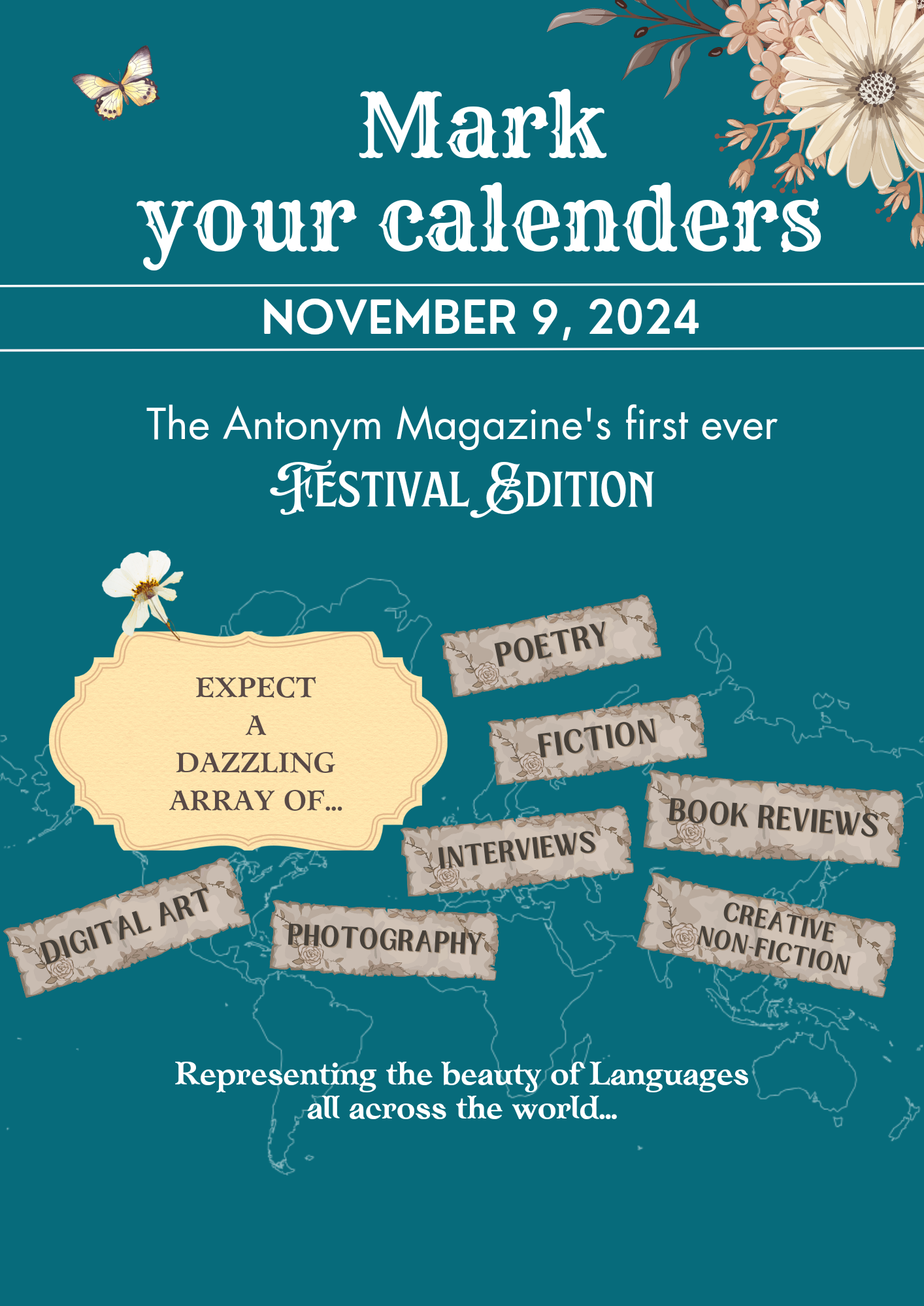









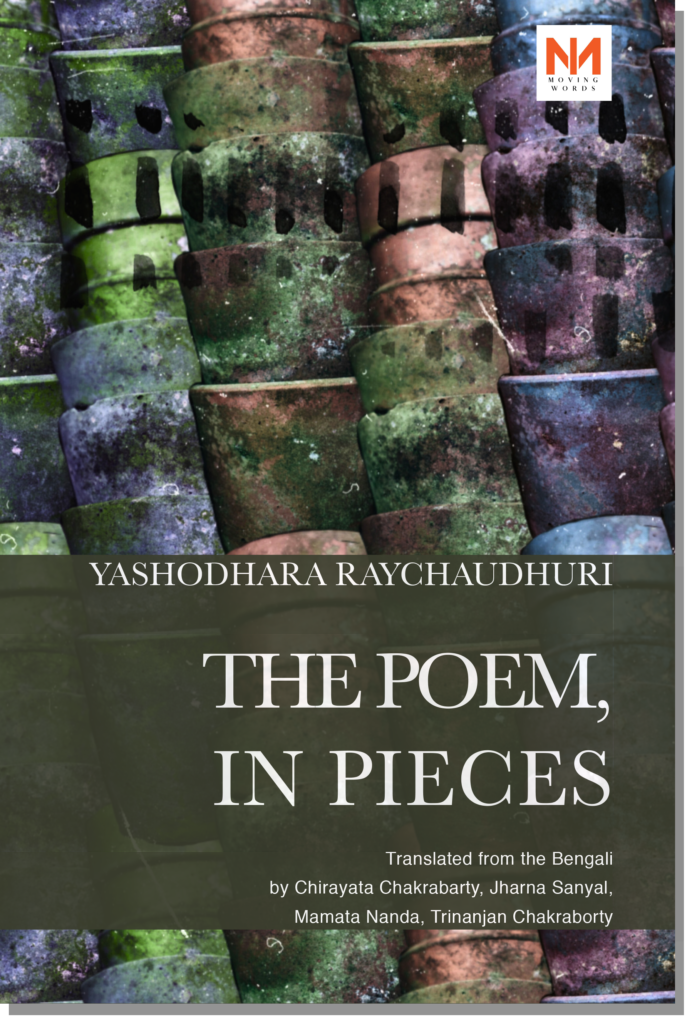
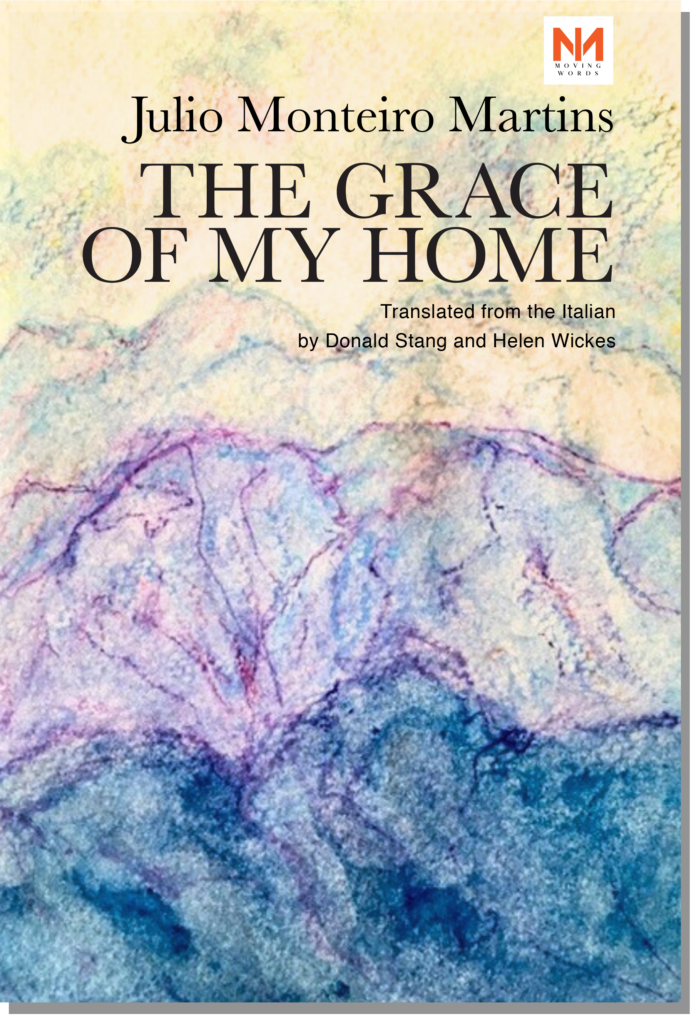



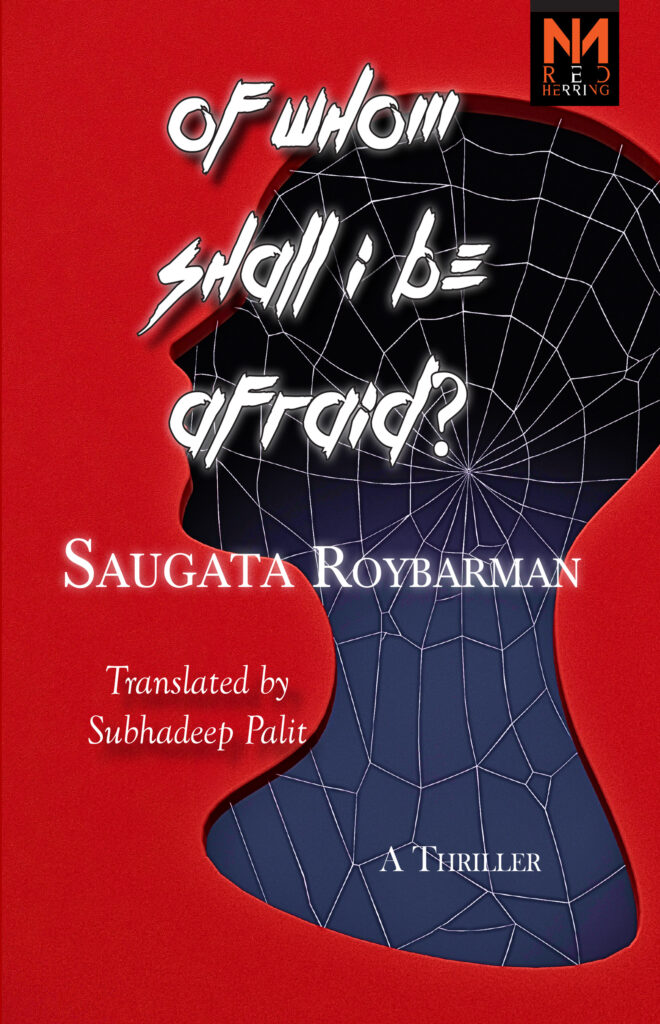





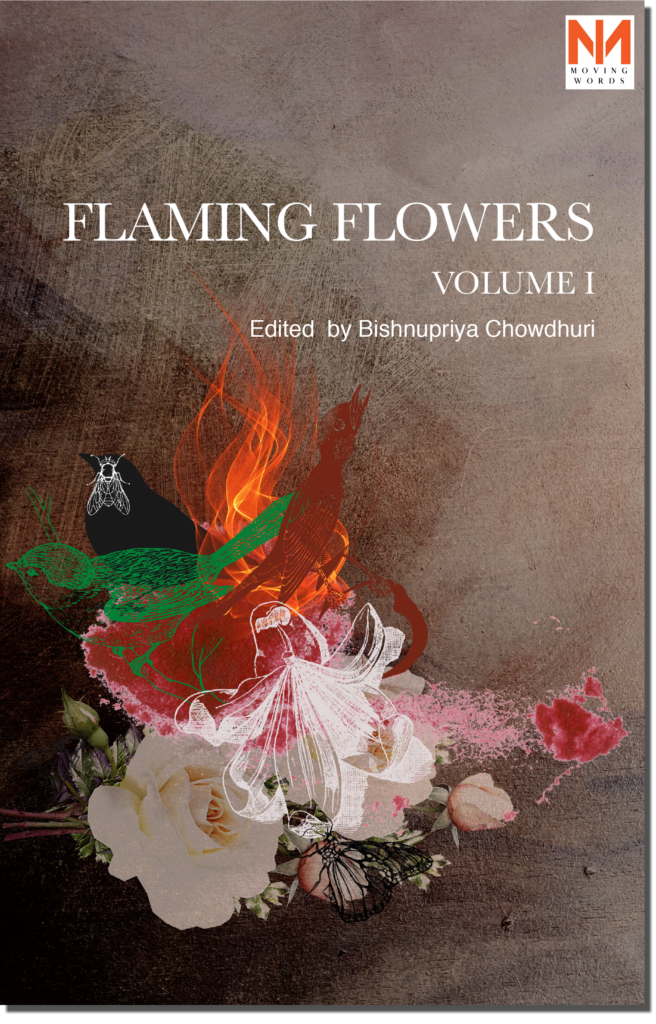
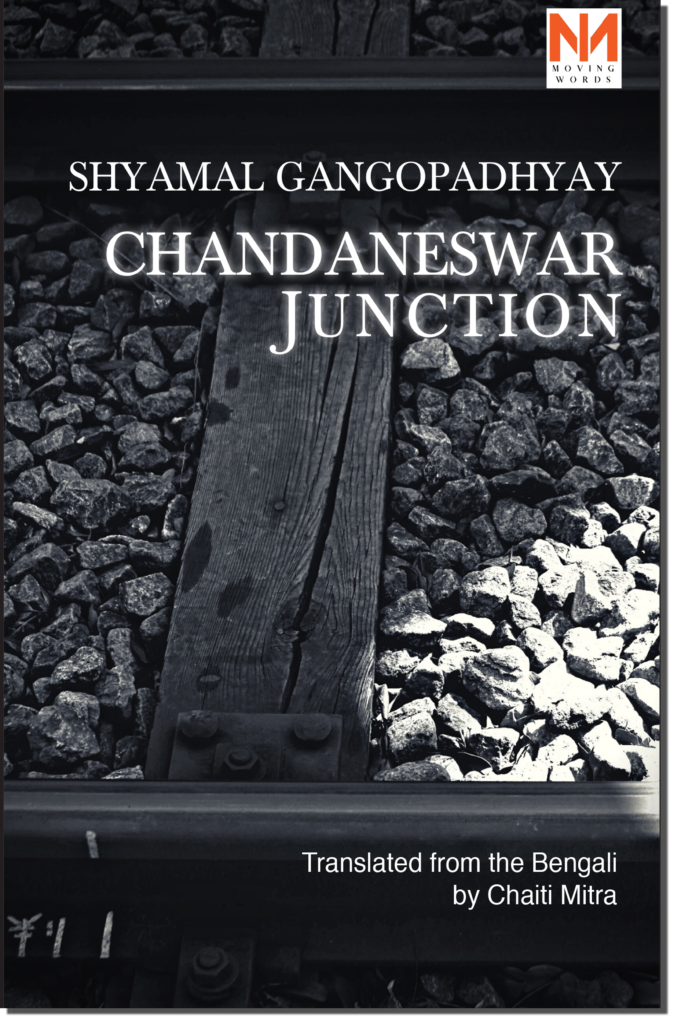

0 Comments